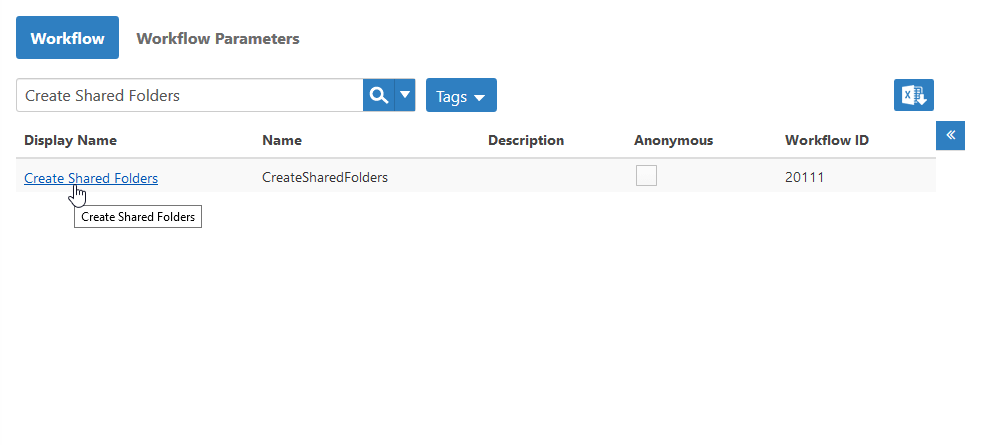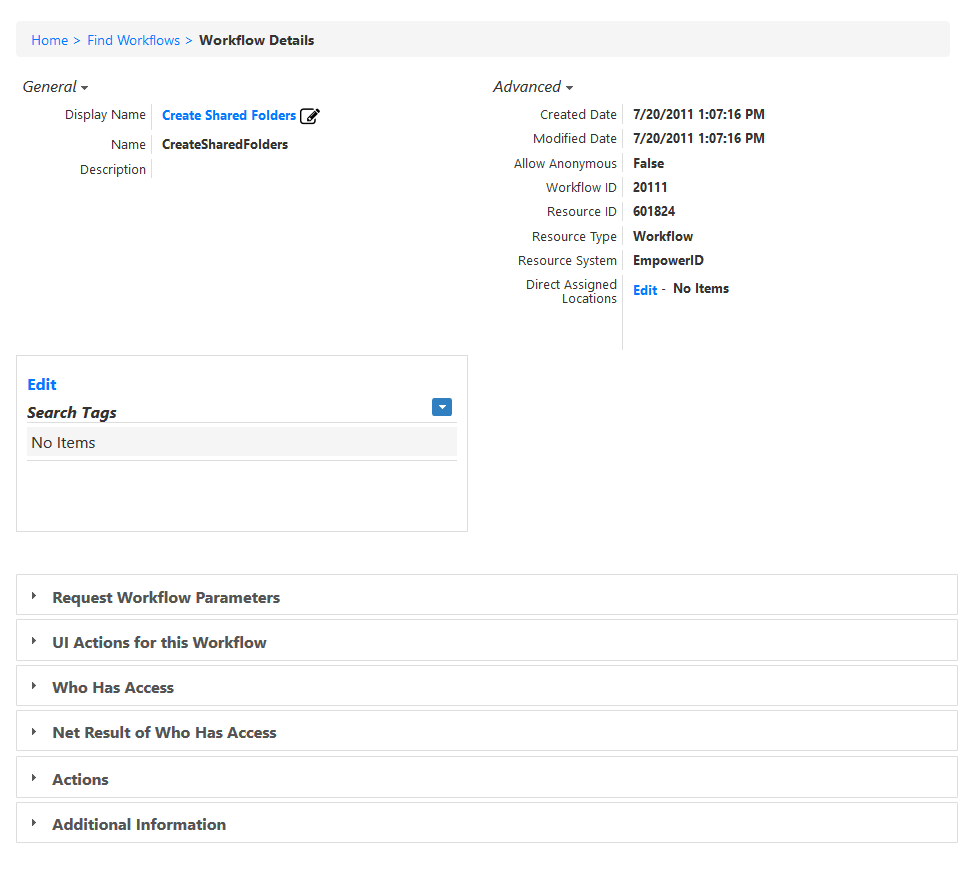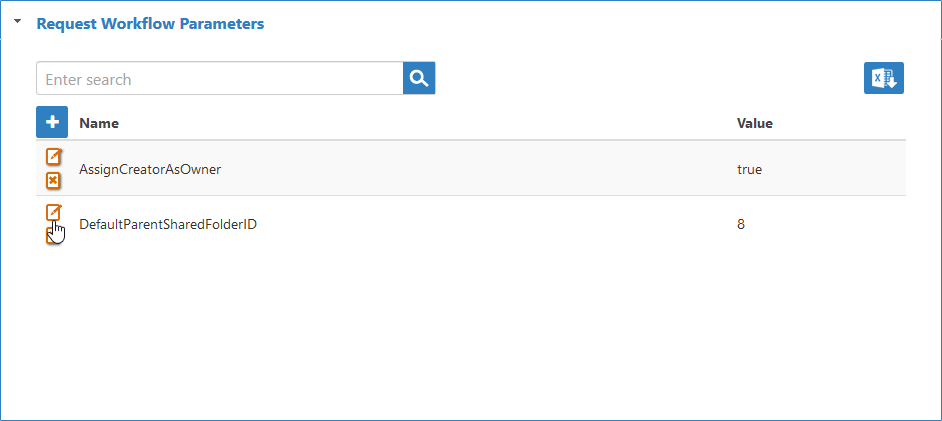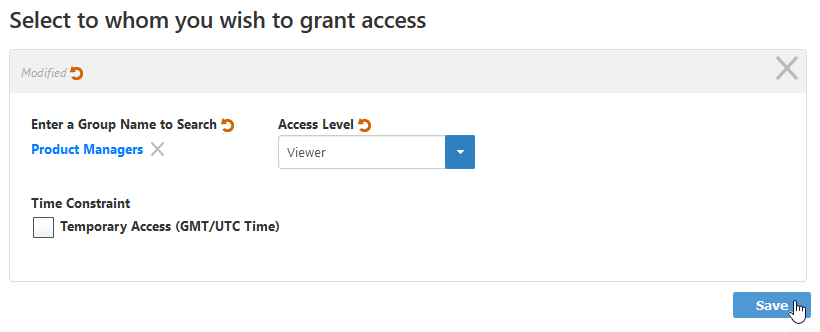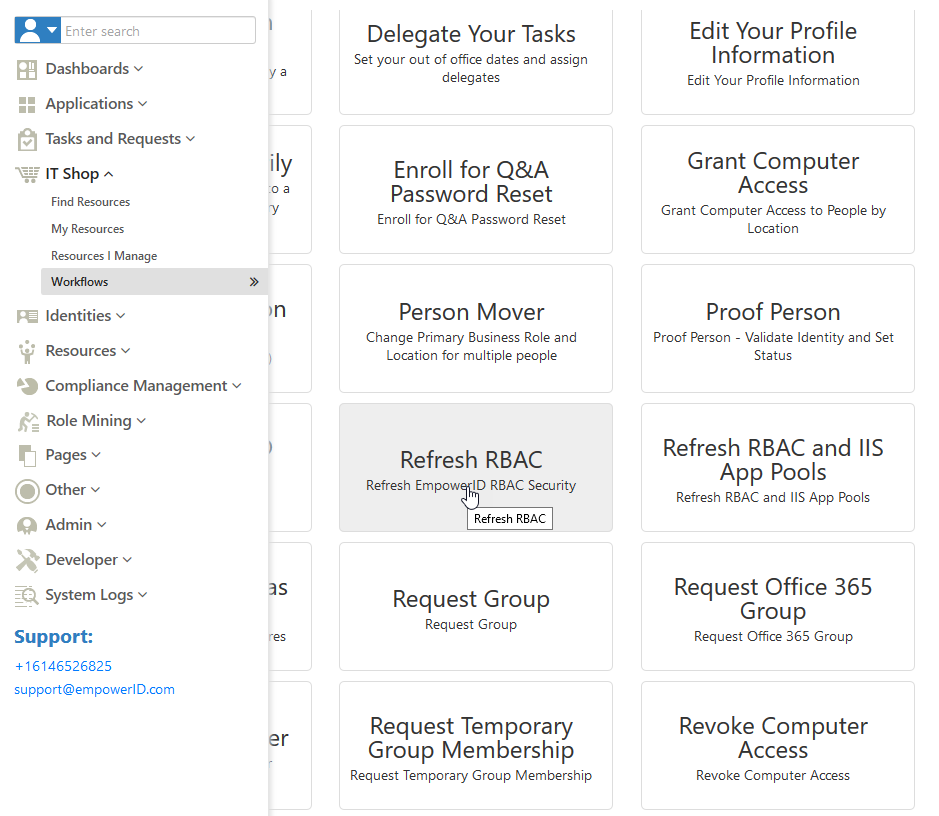/
Configuring Self-Service Requests
You are viewing an earlier version of the admin guide. For the latest version, please visit EmpowerID Admin Guide v7.211.0.0.
Configuring Self-Service Requests
, multiple selections available,
Related content
Configuring Self-Service Requests
Configuring Self-Service Requests
More like this
Creating Shared Folders
Creating Shared Folders
More like this
Creating Shared Folders
Creating Shared Folders
More like this
Create Shared Folders
Create Shared Folders
More like this
Create Shared Folders
Create Shared Folders
More like this
Windows File Servers
Windows File Servers
More like this
